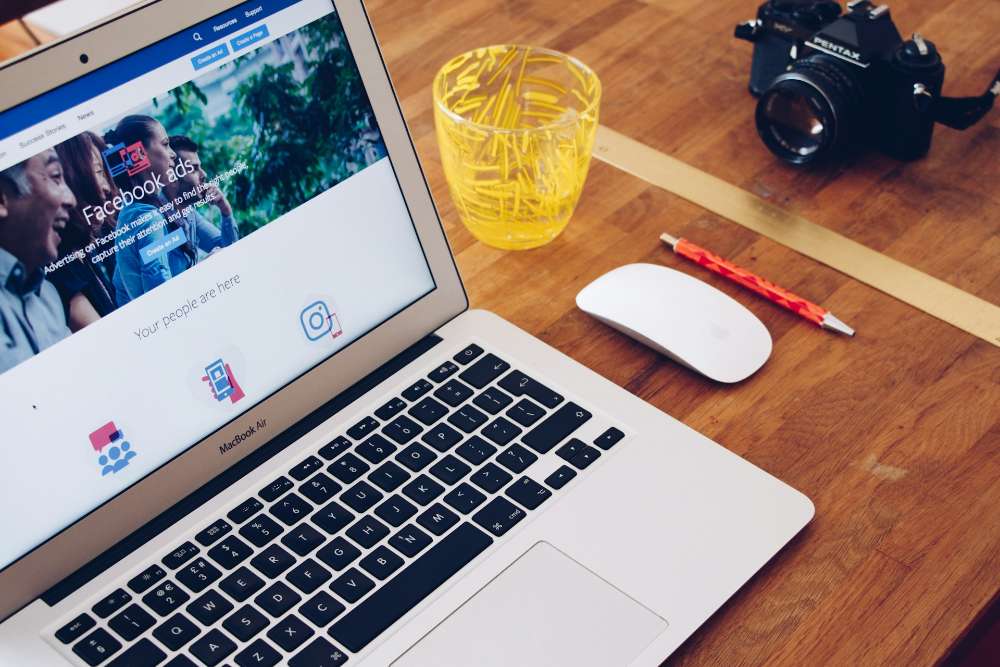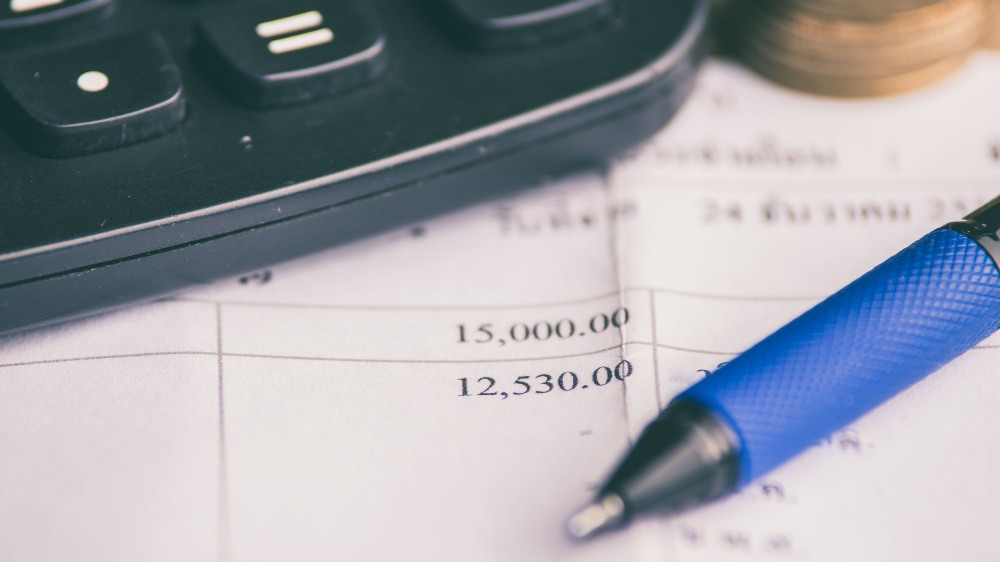Self-Employed In Singapore? Here Are Some Tax Deductions You Might Not Be Aware Of
Being your own boss comes with plenty of perks - waking up whenever you want to, working in your PJs, and choosing the projects you feel passionate about.
NGL though, it can get confusing when tax season rolls around - especially when numbers make you go 😵💫. Unlike salaried employees, self-employed folks in Singapore don’t have a HR department to help them navigate their taxes. To help you reduce your taxable income (legally), we’ve done the homework for you and compiled the list of deductions you can utilise as a self-employed individual in Singapore.
First things first
Very important ah - you need to keep a complete record of all your expenses incurred for 5 years, in case IRAS were to come knocking on your door to check. We’re talking about all your invoices, receipts, vouchers and other relevant documents. For example, expenses incurred in 2025 for Year of Assessment 2026 must be kept and retained until 31 Dec 2030.

IMAGE: UNSPLASH
Work from home (WFH) deductions
If your home doubles as your workspace, you can claim a portion of your household expenses as tax deductions. This includes your electricity bill (because powering that laptop and air conditioning ain’t free!) and WiFi charges.
Since these are necessary to keep your business running, IRAS allows self-employed individuals to apportion a reasonable percentage of these costs as business expenses - provided you can separate what’s for work use and what’s for office use.
Office equipment and furniture are also eligible for deductions. If you've invested in a proper desk, an ergonomic chair to support long hours of work, or even a new laptop, you may be able to claim these purchases. The key is to ensure that the items are used for work and to keep all receipts as proof.
CPF relief
Unlike salaried employees, self-employed individuals are not required to contribute to their CPF Ordinary Account, but they must make mandatory MediSave contributions as long as their net trade income is more than $ 6,000 in a year. The good news is, these contributions are tax-deductible - meaning the more you set aside for healthcare savings, the less tax you pay.
For those looking to further reduce their taxable income, making voluntary CPF contributions can be an effective strategy. Voluntary top-ups to your Special Account for retirement saving are also eligible for tax relief. The more you contribute to your CPF accounts, the more you save in taxes - though the tax relief is capped at 37% of your net trade income or $37,740 annually.
 IMAGE: UNSPLASH
IMAGE: UNSPLASH
Business expenses
Running your own business involves expenses, and many of these costs are tax-deductible. If you use paid software like Adobe, Zoom, or cloud storage services, the subscription fees can be claimed as business expenses.
Marketing costs, such as paid advertisements on Facebook and Google, website hosting fees, and promotional materials, are also deductible. Office space rental or even co-working space rentals fall under this category. Are you a wedding photographer and need to incur your own costs to overseas destinations? Then your flight cost would count too.
TL;DR: IRAS defines ‘allowable business expenses’ as expenses that are wholly and exclusively incurred in the production of income. There are some exceptions though - read up more here. Expenses such as capital injection or renovation costs cannot be used to reduce your taxable income.
Training and course fees
If you've invested in upskilling yourself, you might be able to claim the cost of training courses as a tax deduction. Whether it's a digital marketing workshop, a public speaking course, or a certification that enhances your professional skills, IRAS allows deductions for courses that are relevant to your business.
This applies not just to formal education but also to industry conferences, seminars, and workshops that help you stay competitive in your field. Attending networking events or business-related masterclasses may also qualify if you can show that they contribute to your professional growth.
Insurance premiums
If you’ve purchased business-related insurance policies, you may be able to claim them as deductions. Professional indemnity insurance, which protects freelancers and consultants from legal liability, is one such example. Similarly, business liability insurance for those running small physical stores or offering professional services can also count towards tax relief.
While personal life insurance premiums do not qualify, some health insurance policies may be partially deductible, particularly if they cover work-related risks. This can get confusing, so checking with an accountant or tax professional can help clarify which policies are eligible.

IMAGE: PEXELS
Donations and charity
Giving back to the community not only feels good but also helps reduce your taxable income. Donations made to an approved IRAS Institution of a Public Character (IPC) or to Community Chest qualify for a 2.5x tax deduction. This means that if you donate $1,000, you can deduct $2,500 from your taxable income.
Only donations made without receiving direct benefits in return are eligible, so purchasing charity gala tickets or items from fundraising sales may not qualify. Double check the IRAS guidelines here.
Bad debts
Ever had a client ghost you on payment? It sucks, but there’s a silver lining. If you’ve exhausted all means to recover the money and it’s considered unrecoverable, you may be able to claim it as a tax deduction.
To support such claims, just make sure you document everything - emails, reminders, and any proof that you tried to collect the payment. IRAS requires evidence that the debt is genuinely irrecoverable before allowing it as a deduction. Do note that the bad debt must be debts related to your trade or business and are revenue in nature.
For the latest updates on Wonderwall.sg, be sure to follow us on TikTok, Telegram, Instagram, and Facebook. If you have a story idea for us, email us at [email protected].











